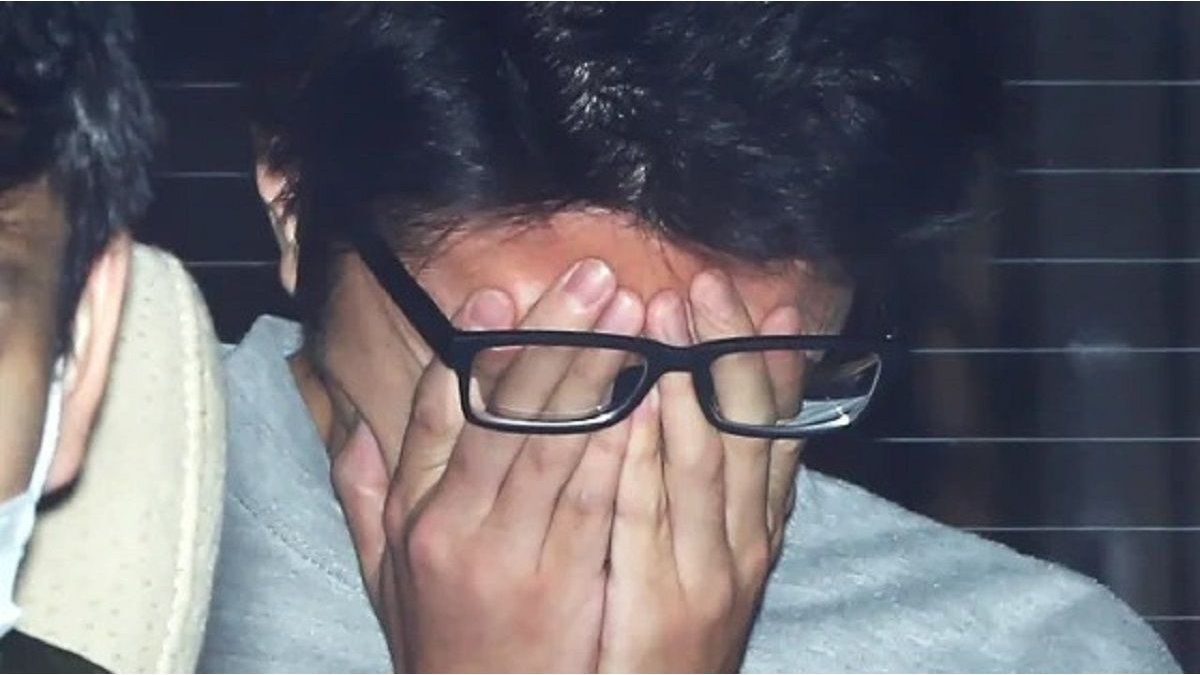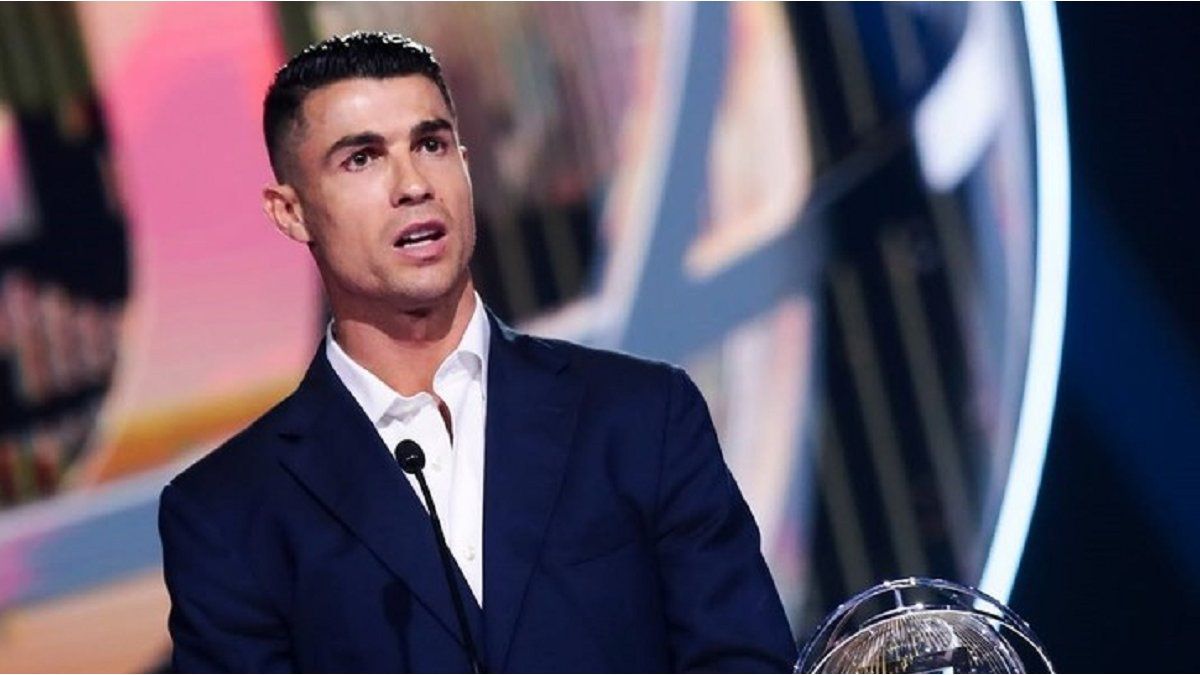Takahiro Shiraishipublicly known as the “Twitter murderer”, was executed this Friday in Japan through hangingafter being convicted of the murder and Nine people dismemberment In 2017. The news was disseminated by the Japanese media, who cited government sources, although the Ministry of Justice He still did not officially confirm the procedure and announced a press conference In the next few hours.
It was the First execution that the country carried out since 2022 and reopened the debate around the death penalty and its application.
Shiraishi, from 34 yearshad been sentenced in 2020 after admit your guilt during the trialwhere he showed without regrets and ratified each of his actions.
How they acted and who were his victims
The crimes occurred between August and October 2017. The victims were eight women and a manall young people from 15 and 26 yearswhich presented signals of emotional vulnerability. Shiraishi contacted them through Twittersocial network that is currently called Xand offered them Help to die.
Once he managed to establish contact, he quoted them in his department located in Zamain the prefecture of Kanagawa. There he killed them and then dismembered the bodies. During the trial he declared: “Yes, I killed them, and there is no doubt about that”, Confirming his responsibility before the court.
Takahiro_shiraishi 24.jpg
X
The case came to light after the brother of one of the victims reviewed his account on social networks and found a conversation with the defendant. That data allowed the police to track Shiraishi and discover the scene: dismembered bodies, human remains stored in portable boxes and frosts inside their small department.
Application of the death penalty in Japan
Japan keeps the capital punishment in force and executes it exclusively by hanging. This practice is carried out in a reserved, Inmates receive notification of their execution just a few hours earlier, a methodology that International organizations They criticized their psychological consequences.
Although Japanese legislation establishes that the execution must be completed within the six months after the final sentence, in practice they usually pass several years.
In December 2023, the Ministry of Justice confirmed that there were 107 convicted In the death corridor. These people remain isolated indefinitely without knowing when their execution will occur. Amnesty International He argued that “Permanent uncertainty constitutes a form of psychological torture”
Recent cases
In addition to Japan, only USA keeps the death penalty within the G7. However, Japanese society widely supports this measure. According to a government survey conducted in 2024, 83% of the consulted considered that the capital punishment is “inevitable” in certain crimes.
The most recent execution before the case of Shiraishi It happened in 2022 and corresponded to Tomohiro Katoresponsible for a deadly attack with a knife and vehicle in Akihabara In 2008, which left Seven fatal victims. Kato had declared: “I came to Akihabara to kill. It didn’t matter who”
Also in 2018 high profile executions were carried out, such as the sect leader Aum shinrikyo, Shoko Asaharatogether with 12 followersfor the attack with Sarin gas In the meter of Tokyo In 1995, which caused 14 dead and more than 5,000 affected.
The debate for the use of social networks and their danger
The case of Takahiro Shiraishi put again in the center of the debate the role of social networks in the capture of victims in a state of vulnerability. The media and humanitarian organizations demanded a greater regulation On the contents related to suicide On digital platforms, especially in a country that faces increasing challenges in mental health.
In addition, different voices They claimed more transparency in the Japanese prison systemespecially in relation to the death penalty and the procedures that surround it.
Shiraishi’s execution, like his crimes, generated a wide impact on both Japanese society and International scopewhere the validity of the death penalty remains the object of deep ethical and legal controversies.
Source: Ambito




